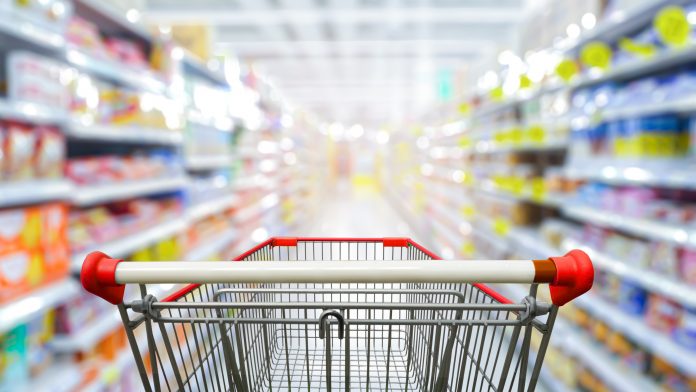Australian retail sales volumes fell 0.5% in the June quarter 2023, making it the third quarter in a row to see a fall, according to figures released by the Australian Bureau of Statistics (ABS).
It follows a 0.8% drop in the March quarter 2023 and a 0.4% fall in the December quarter 2022.
ABS Head of Retail Statistics Ben Dorber says the fall in retail sales volumes shows the extent that consumers have pulled back on spending in response to cost-of-living pressures.
“It’s the first time since 2008 that retail sales volumes have recorded three consecutive quarterly falls.
”Retail sales volumes are down 1.4% compared to the June quarter last year. Outside of the pandemic period, this is the first time since 1991 that sales volumes have fallen compared to the previous year.”
Retail prices, on the other hand, which are based on data from the Consumer Price Index, rose 0.9% this quarter, up from 0.7% in March.
“Retail prices rose for the seventh straight quarter, but have eased from the strong growth throughout 2022,” Mr Dorber said.
Retail sales volumes fell for both food-related industries this quarter. Food retailing (-0.7%) recorded a second successive fall and is down 0.2% compared to the June quarter last year. Cafes, restaurants and takeaway food services sales (-0.1%) fell for the first time since the Covid-19 Delta lockdowns in September 2021.
Retail sales volumes were also down for household goods retailing (-1.5%) and department stores (-1.4%). Other retailing sales volumes remained relatively unchanged (0.0%).
“The widespread fall in sales volumes reflects what retailers have been telling us about consumers focusing on essentials, buying less or switching to cheaper brands,” Mr Dorber said.
Clothing footwear and personal accessory retailing (+1.1%) was the only industry to record a rise in retail sales volumes this quarter. Volumes were boosted by additional promotional activity and discounting.
June 2023’s retail sales volumes were also down year-on-year compared to June 2022, which saw an increase of 1.2%.
Australian Retailers Association CEO Paul Zahra says the decline demonstrates a continued slowdown in consumer spending – piling further pain on retailers amid a cost-of-doing-business crisis.
“The last time we saw three consecutive quarters of retail sales volume decline was in the Global Financial Crisis – which gives us a concerning insight into the current economic climate,” he said.
“Retailers are seeing less demand at a time where wages, rents, insurance, utilities, supply chain and materials are all increasing in cost.
“In wake of this data, which demonstrates the impact on retail employers around the country, we strongly urge the Reserve Bank of Australia to continue to show restraint in future monetary decisions.
“Sales volumes are a good indicator on the health of retail as sales revenue numbers can mask pricing and hence, profitability.”
Food retailing sales volumes (down 0.7%) fell for the second time in a row. For the first time since September 2021’s pandemic lockdowns, sales at cafes, restaurants, and takeaway food services (down 0.1%) dropped.
Retail sales volumes in household goods (down 1.5%) and department stores (down 1.4%) also fell.
Clothing, footwear and accessories were the only category to show retail sales volume growth (up 1.1%) while other retailing remained stable (0%).
“Clothing and apparel sales received a sugar-hit due to increased promotional activity with heavy discounting heading into winter clearance sales events,” Mr Zahra added.
“Most other categories suffered as a result of consumers prioritising essentials like food and cutting back on discretionary spending.”


